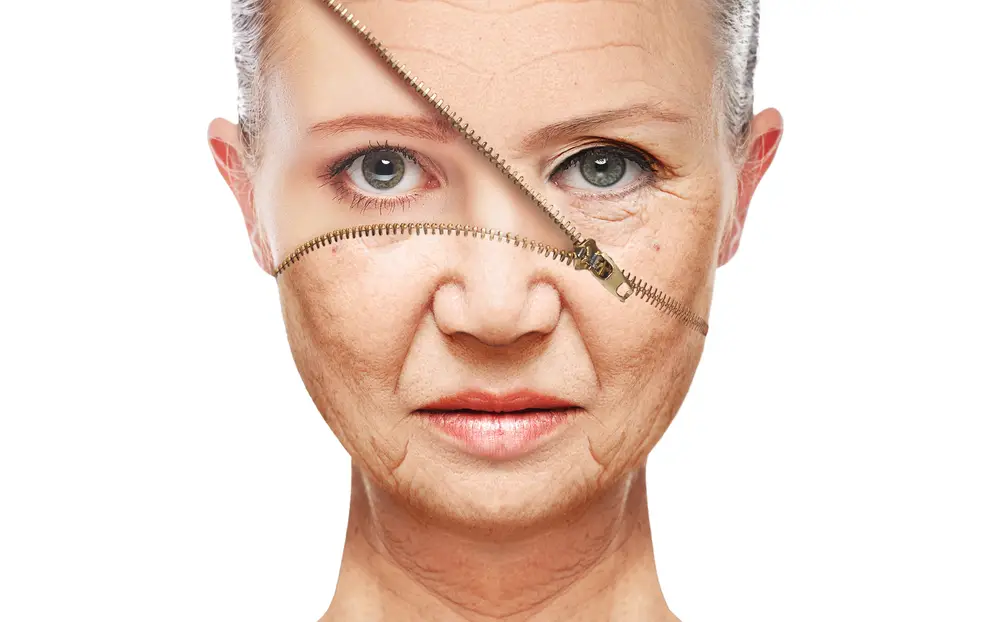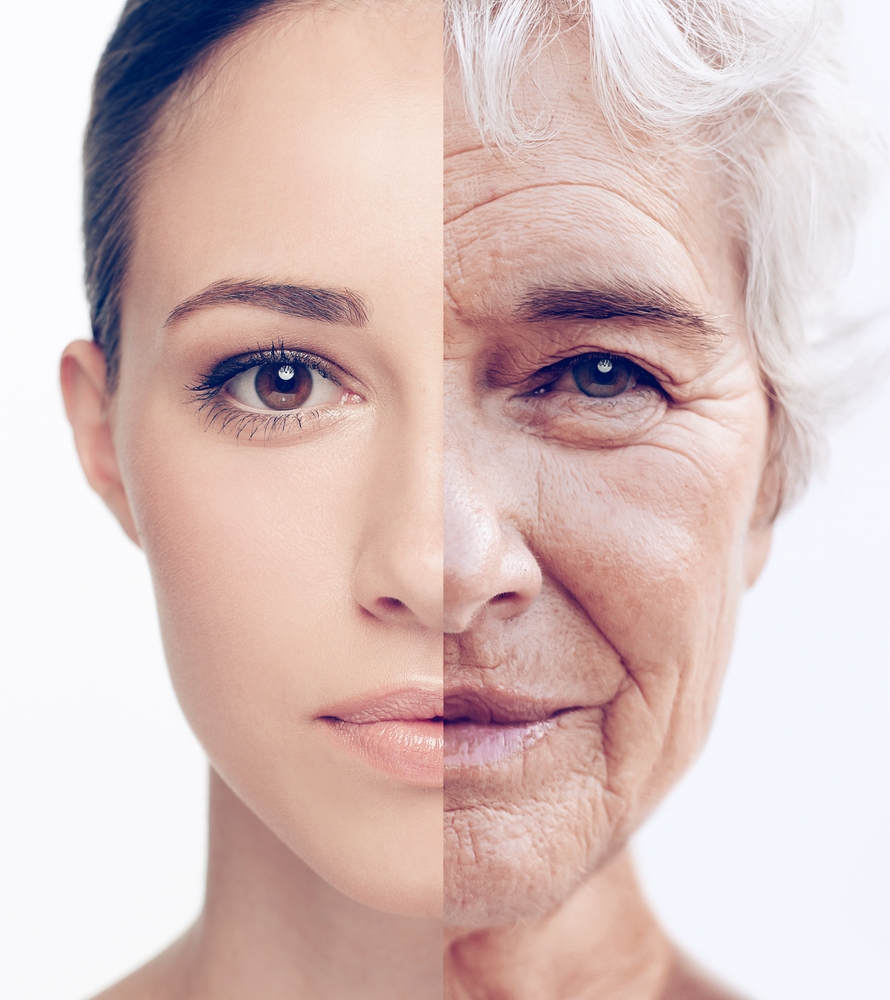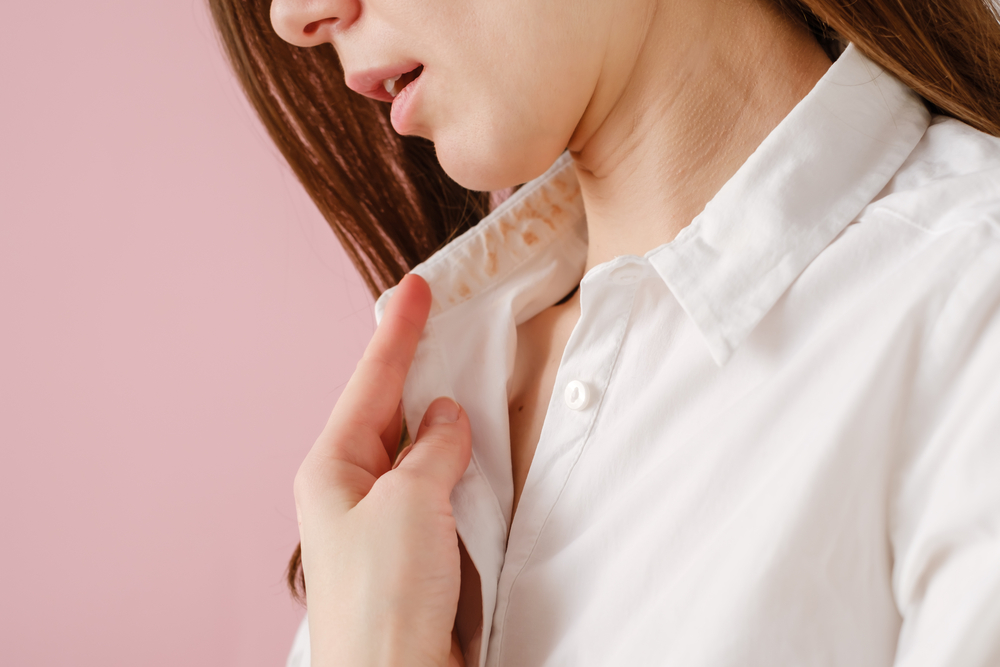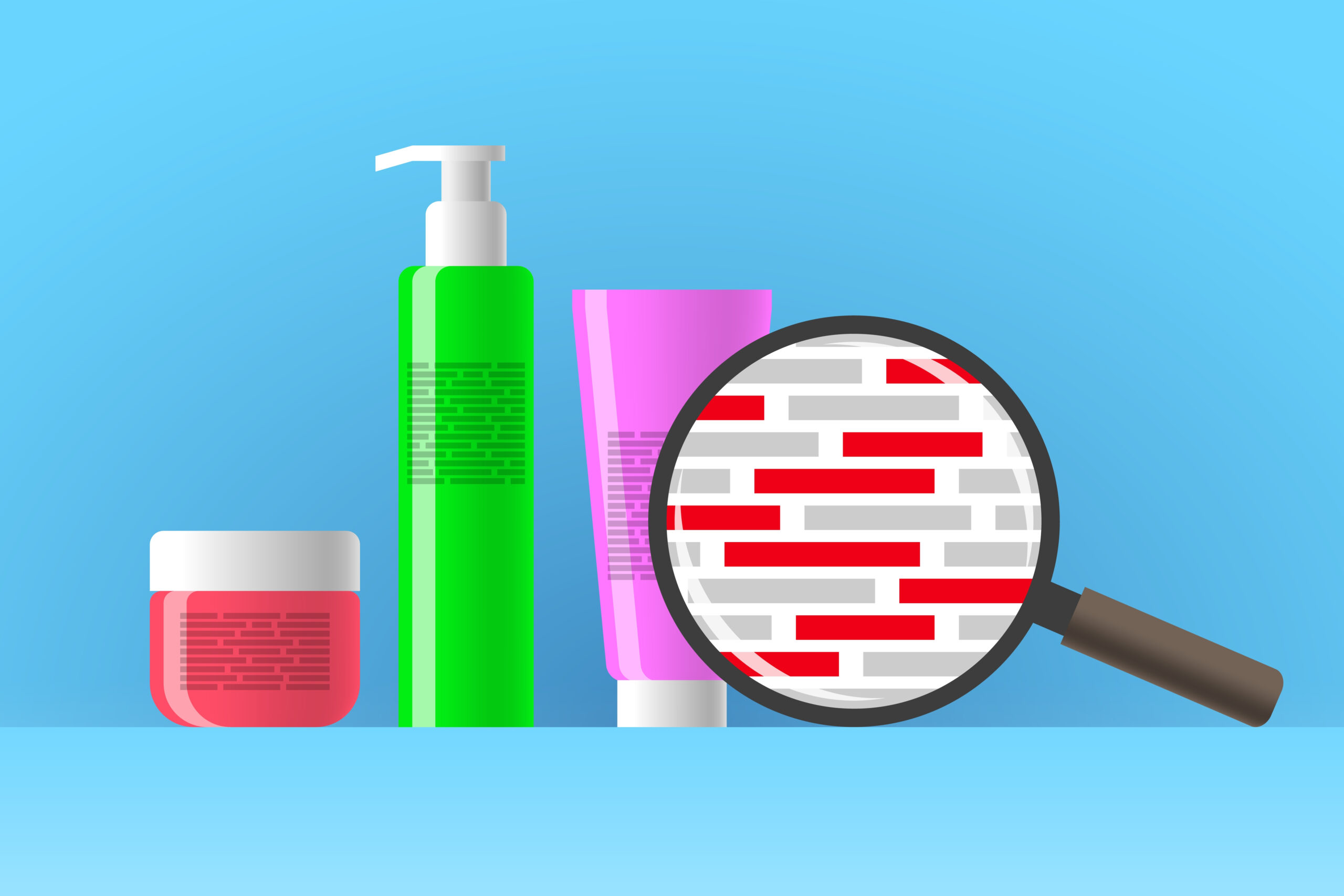When it comes to our makeup and beauty products, we often forget to turn them over and read the ingredients list. However, if you’ve ever found you’re randomly breaking out, getting itchy or dry skin, or even experiencing facial swelling, your beauty products could be to blame. While many contain ingredients that are included for their beneficial properties, there are also chemical nasties that cause skin issues. Here’s a list of common ingredients to be aware of in your everyday beauty routine.
1. Alcohol
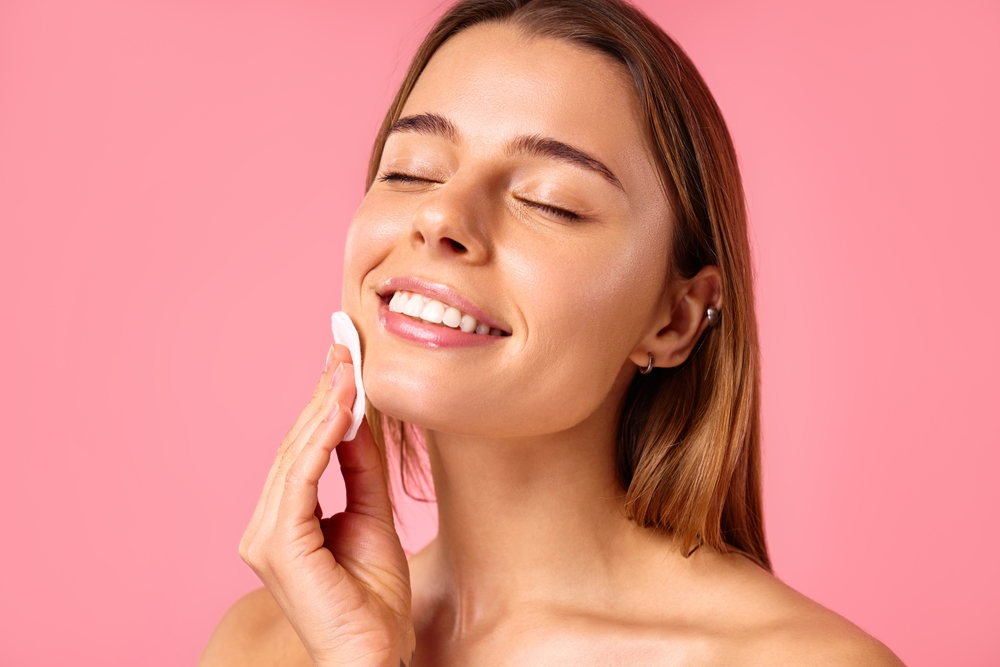
Alcohol is often used in toners and astringents for its quick-drying properties. However, it can be very drying and irritating to the skin, leading to redness, flakiness, and allergic reactions, especially in those with dry or sensitive skin. If your skin is sensitive, be sure to avoid alcohol-based toners and other skincare products.
2. Fragrance
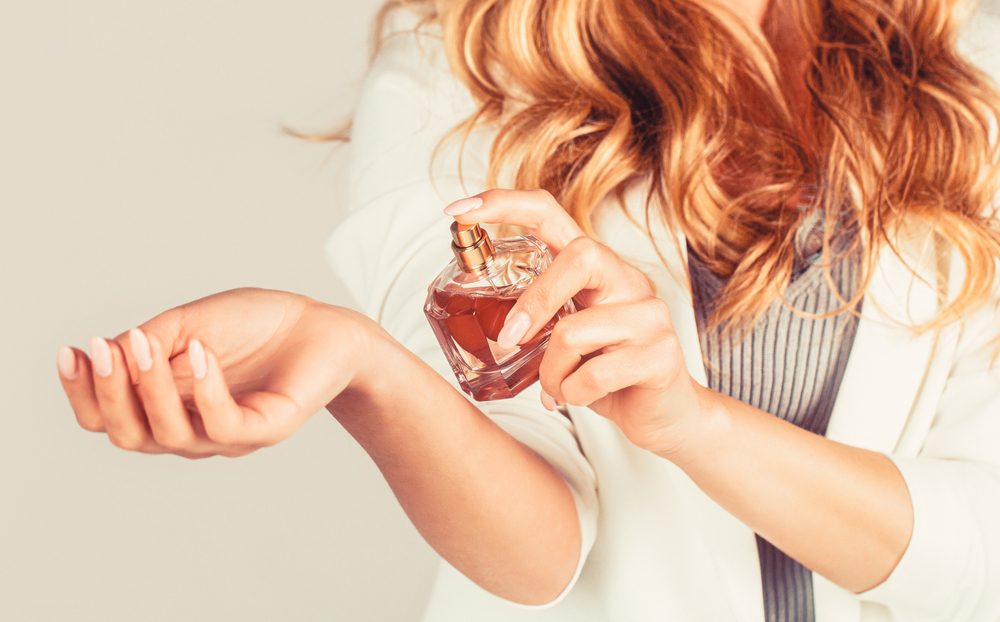
Fragrances are often used in makeup, skincare, and hair care products to give them a great smell, but they often contain a cocktail of chemicals that can irritate the skin. For those with sensitive skin, fragrance is a common cause of contact dermatitis, leading to redness, itching, and rashes. Always check the ingredients and look for products marked as fragrance-free.
3. Parabens
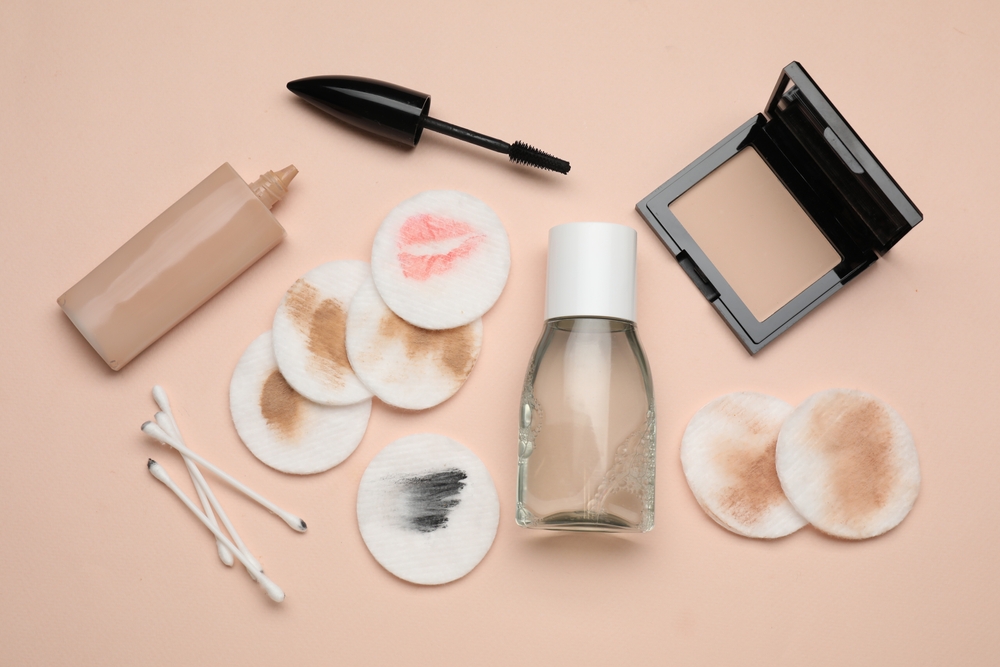
Parabens are common preservatives that are used to prevent bacterial growth in cosmetics. However, these preservatives have been known to disrupt hormone function and have allergens that can cause skin irritation, redness, and allergic reactions in some people. The good news is that there are a ton of makeup and skincare brands that are committed to making paraben-free makeup.
4. Sulfates
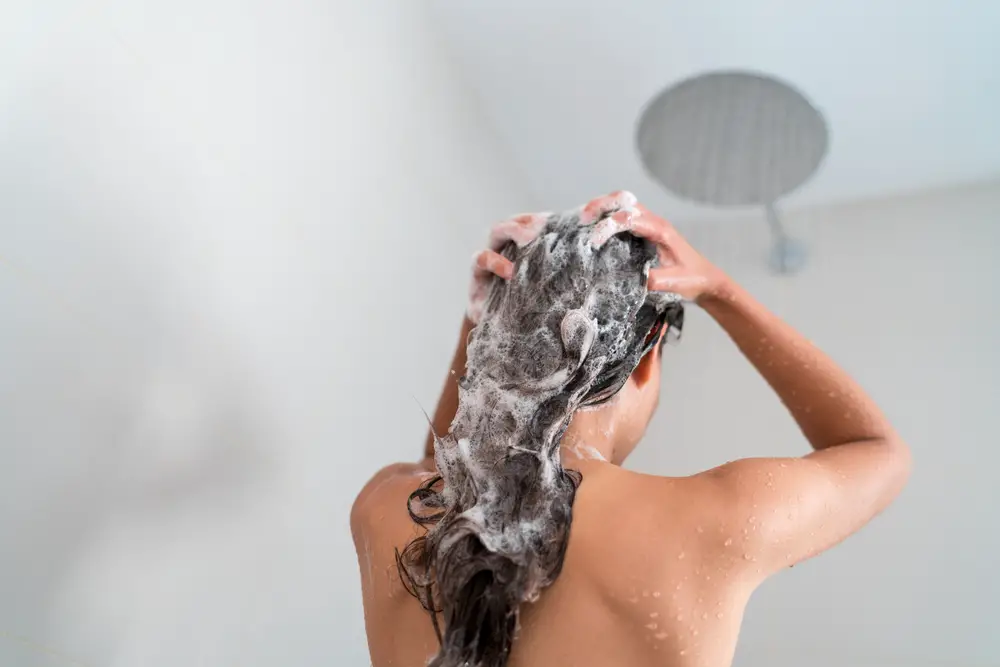
Sulfates, like sodium lauryl sulfate, are used in cleansers and shampoos because they create that soapy, lathery effect. While these might feel luxurious, they’re actually bad for your skin because they strip it of its natural oils, which can lead to dryness, irritation, and rashes, especially in those with sensitive skin.
5. Formaldehyde
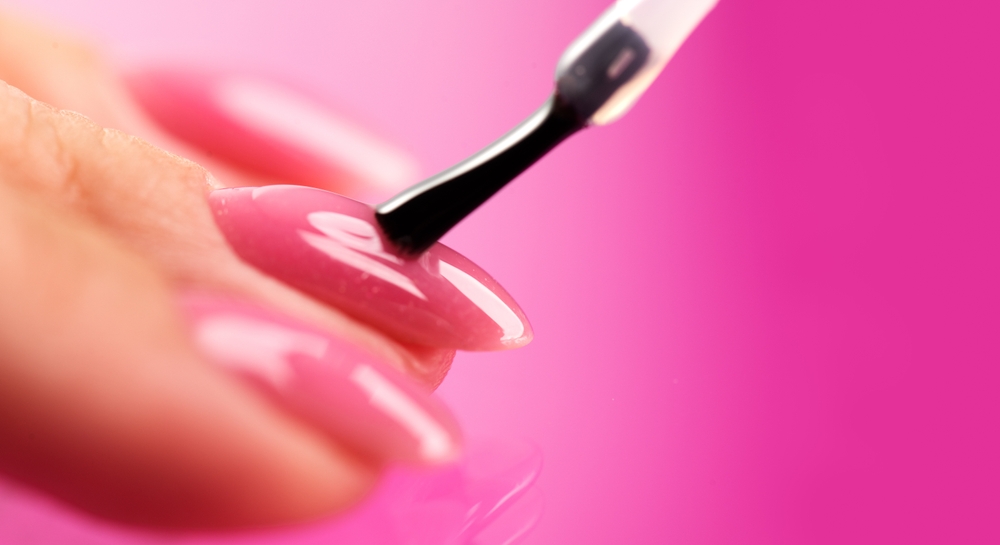
Formaldehyde is another preservative that is found in some beauty products, including nail polishes. High levels of this chemical have been proven to be unsafe, and it is also a known allergen that can cause severe skin reactions, including contact dermatitis, itching, and redness.
6. Nickel
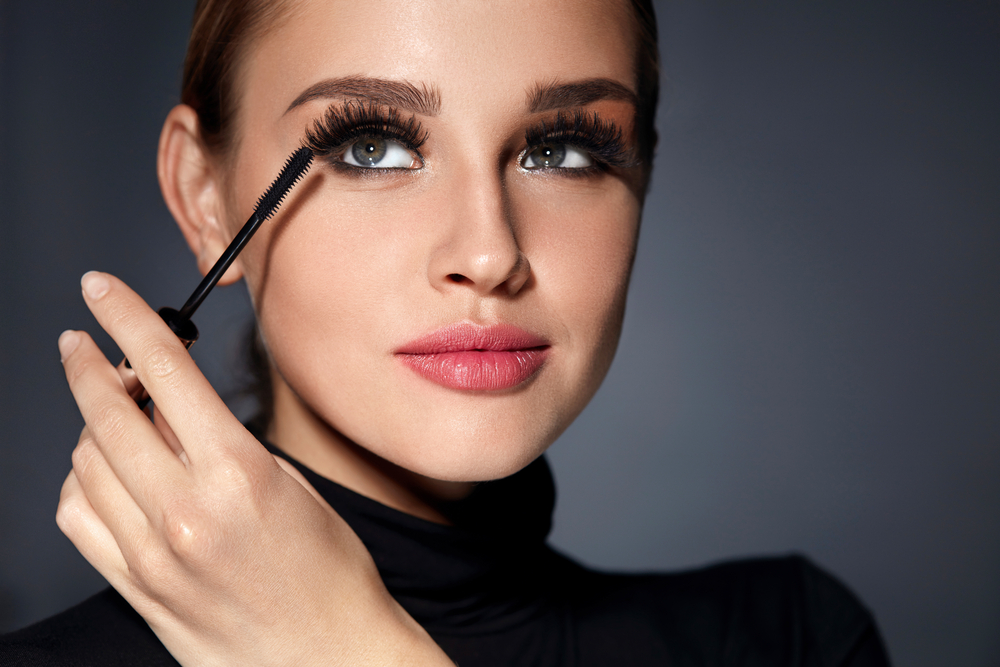
Nickel can be found in most makeup products, particularly in eyeshadows and mascaras. Even trace amounts can cause allergic reactions in those with nickel sensitivity, leading to rashes, redness, and swelling. If you have a nickel allergy or sensitivity, don’t fret, there’s still a range of makeup products on the market that are nickel-free.
7. Essential Oils
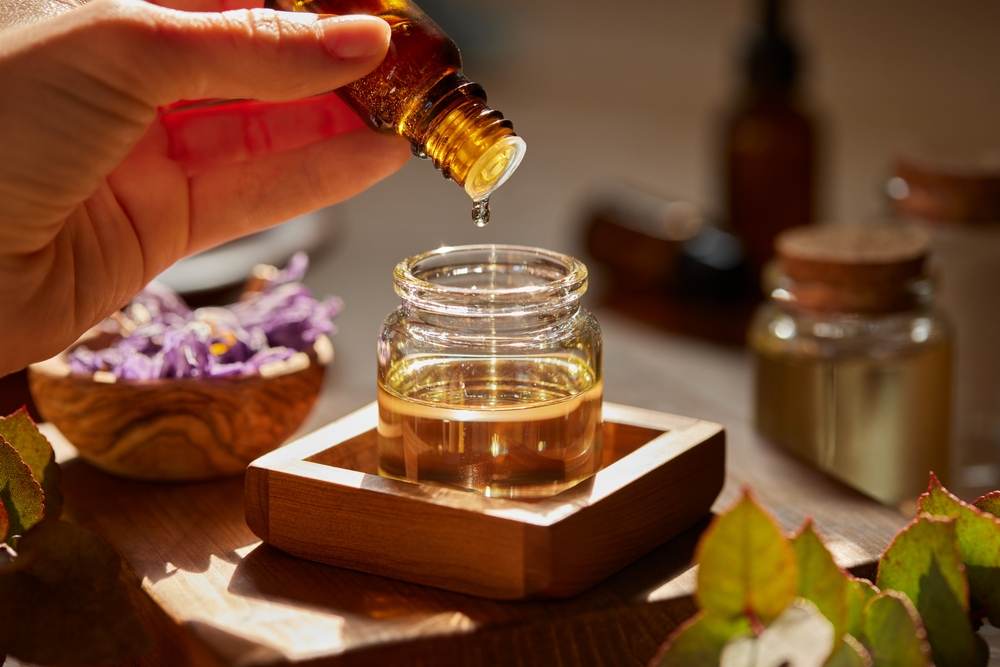
Essential oils like tea tree or lavender are popular ingredients in beauty products for their natural properties, but they can cause allergic reactions in sensitive individuals. From the overpowering fragrance to the thick texture, essential oils can be troublesome for certain skin types. Overuse or application on delicate skin areas can lead to rashes, itching, or even burns.
8. Lanolin
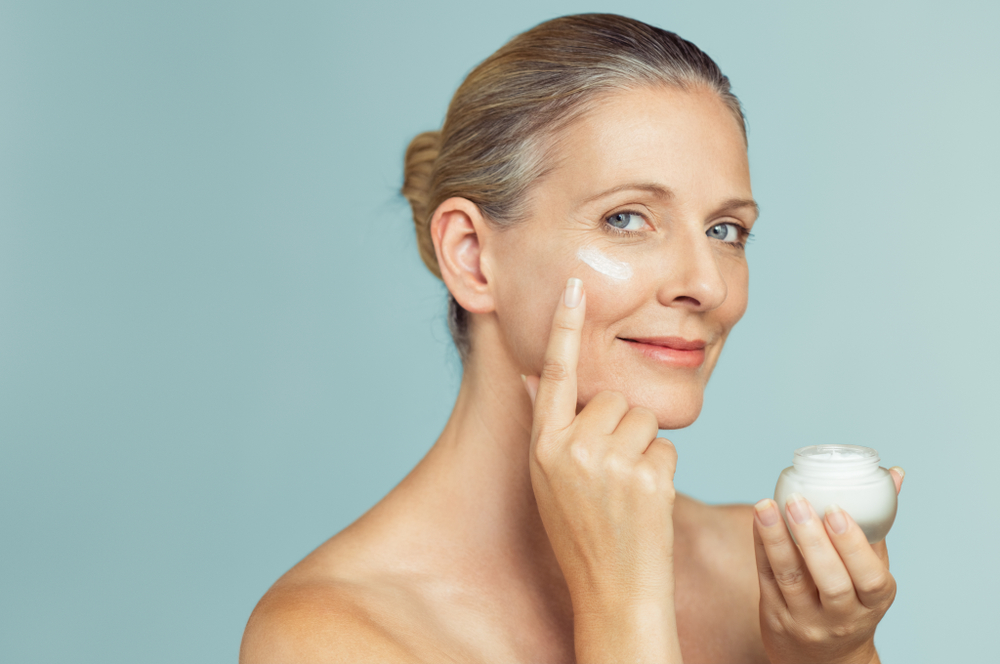
Lanolin is an ingredient that comes from sheep’s wool, and it’s commonly found in moisturizers and lip balms. While it’s certainly moisturizing, it can cause allergic reactions in people sensitive to wool, leading to redness, swelling, and rashes. Be sure to check the ingredients of your lip balms and moisturizers if you’ve inexplicably suffered from sensitive skin recently.
9. Artificial Dyes
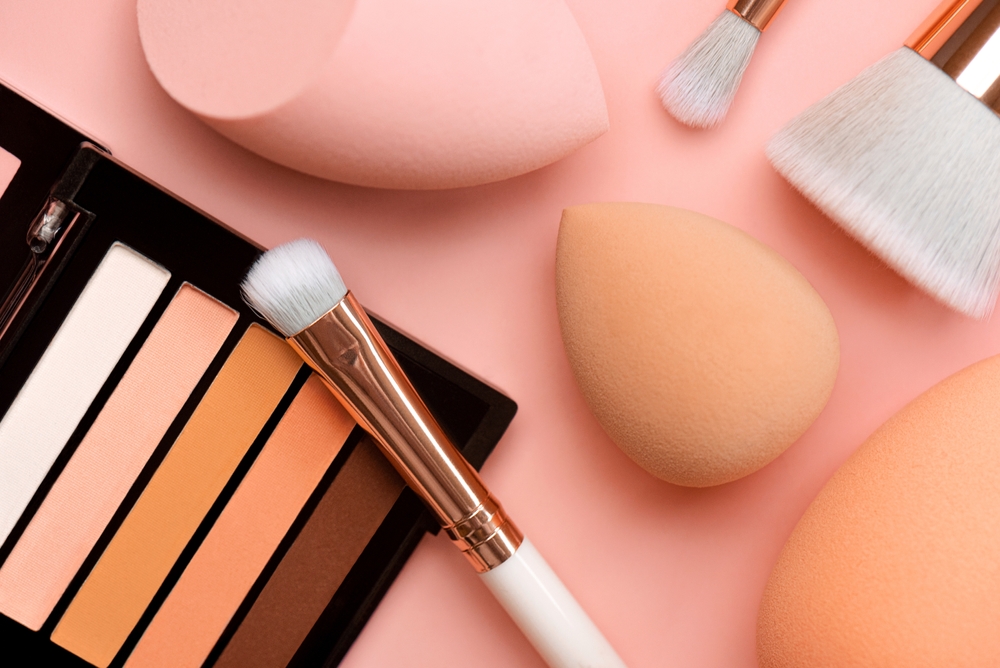
Artificial dyes, such as red eyeshadow, are used to give makeup its vibrant colors. However, these dyes can cause allergic reactions, particularly around the eyes, leading to itching, redness, and irritation. The skin around the eyes is much more sensitive than elsewhere on the face, so if you have a dermatitis reaction, be sure to approach it gently.
10. Propylene Glycol
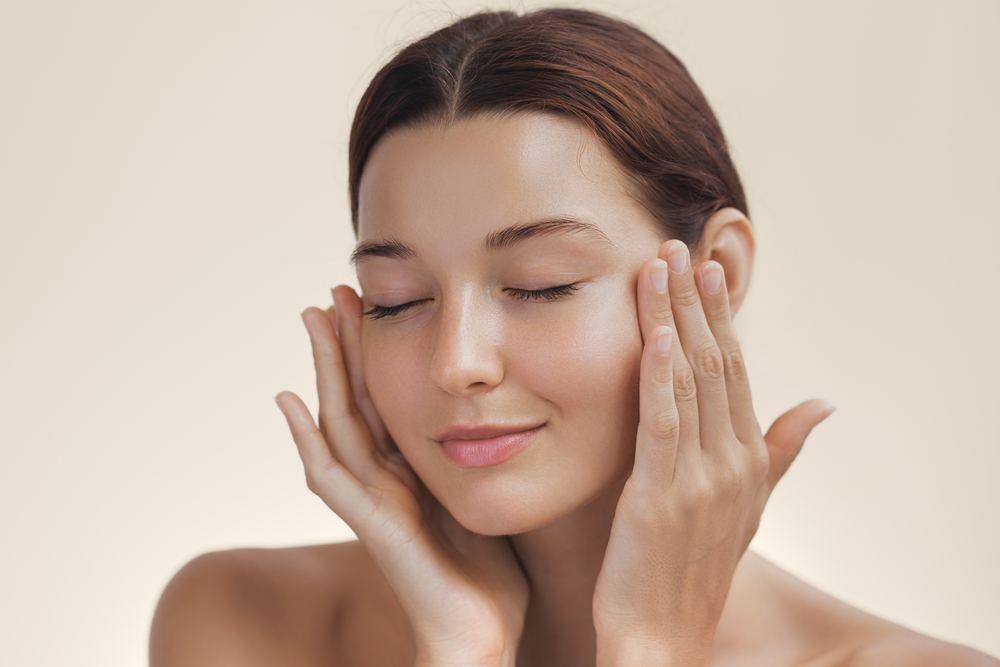
Propylene glycol is used in many skincare products because of its ability to absorb water. However, for some people, this ingredient can cause contact dermatitis or even itchy, red, and inflamed skin.
11. Retinol
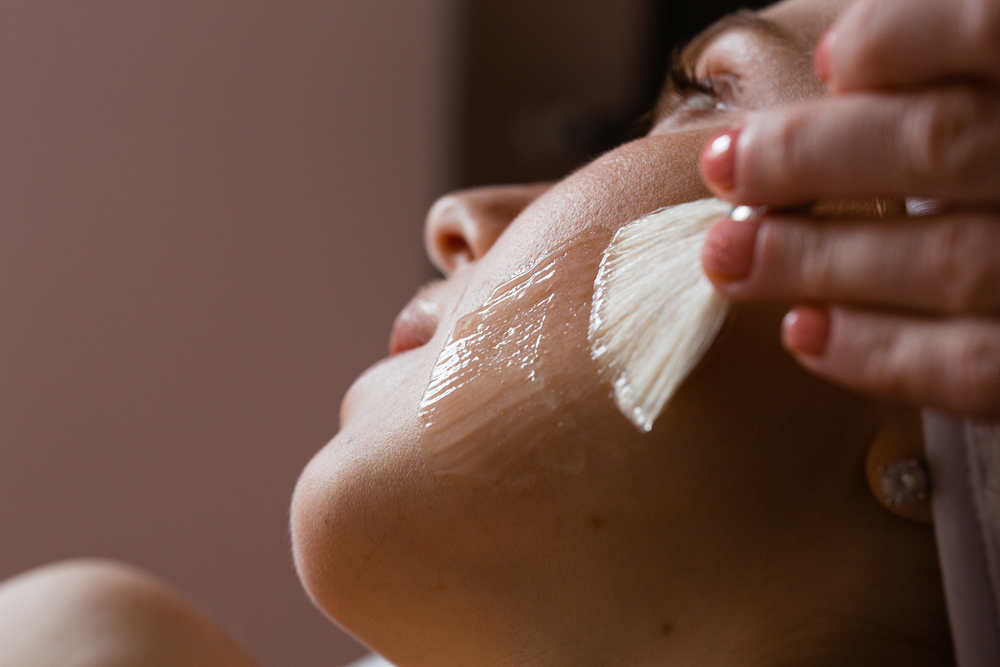
Retinol, a form of Vitamin A, is hailed as a skincare hero and is widely used for its anti-aging benefits. However, for people with younger or sensitive skin, it can cause irritation, redness, and peeling and may trigger allergic reactions in some cases. Always patch-test retinols before applying them all over your face.
12. Beeswax
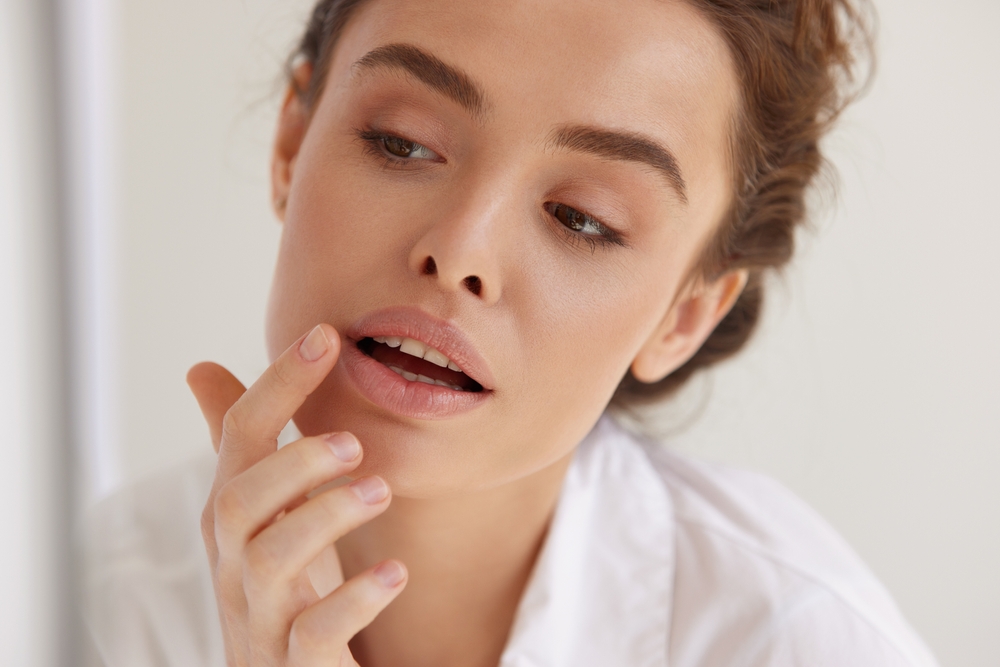
Beeswax is another ingredient that’s often used in lip balms and mascaras for its moisturizing properties. However, this product can be a nasty surprise to people who have allergies to bee byproducts. Coming into contact with beeswax when you have allergies could lead to swelling, redness, and itching.
13. Sodium Lauryl Sulfate (SLS)
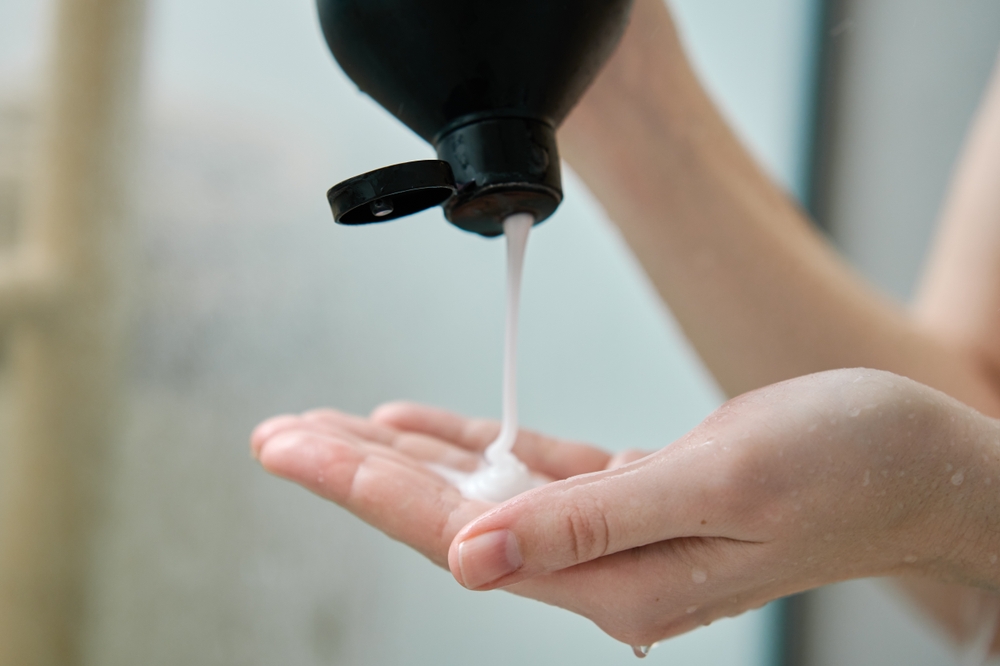
Your favorite shampoo could unknowingly be damaging your hair, scalp, and health. Shampoos contain sodium lauryl sulfate (or SLS), which gives them their lather, but this chemical has proven to interfere with hormone function and can even lead to reproductive issues.
14. Silicones
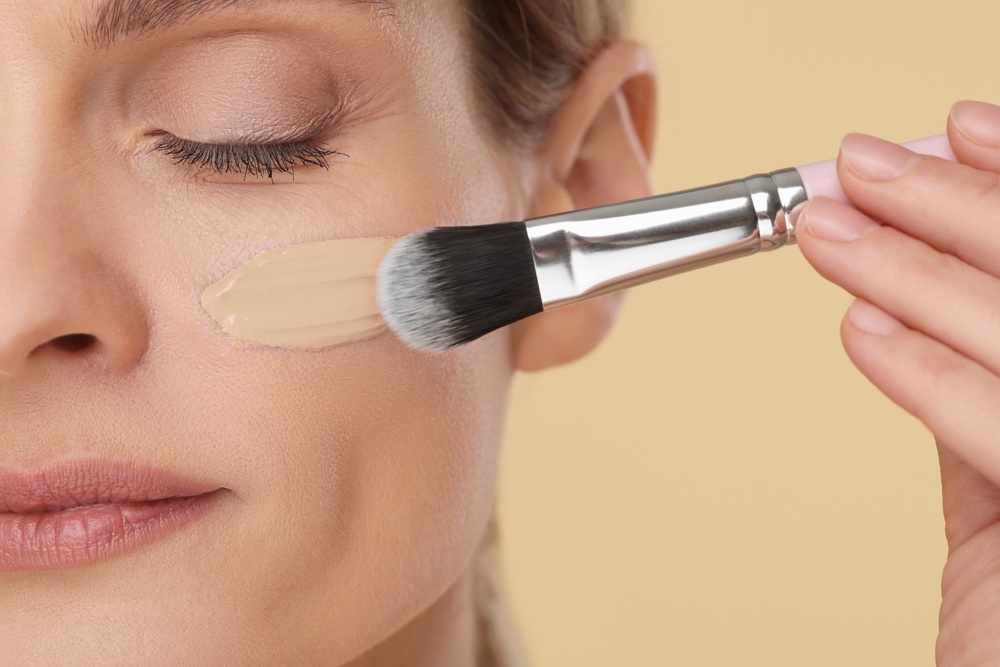
Silicones can be found in certain primers and foundations to create a smooth finish. However, they can trap dirt and oil in the pores, leading to irritation, breakouts, and allergic reactions in sensitive skin. If you find you’re having pervasive skin problems, try to switch from silicone-based products to water-based products.

